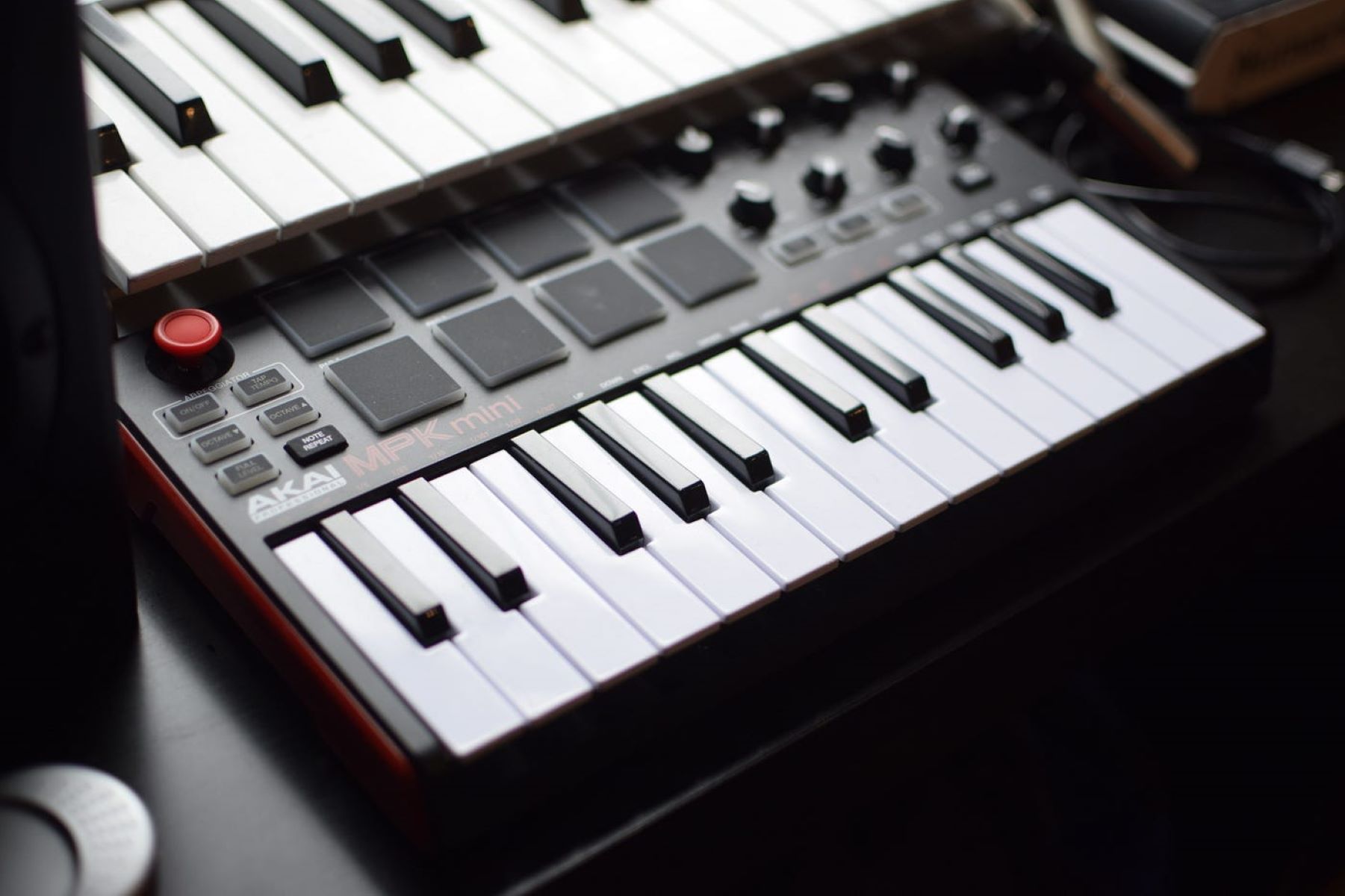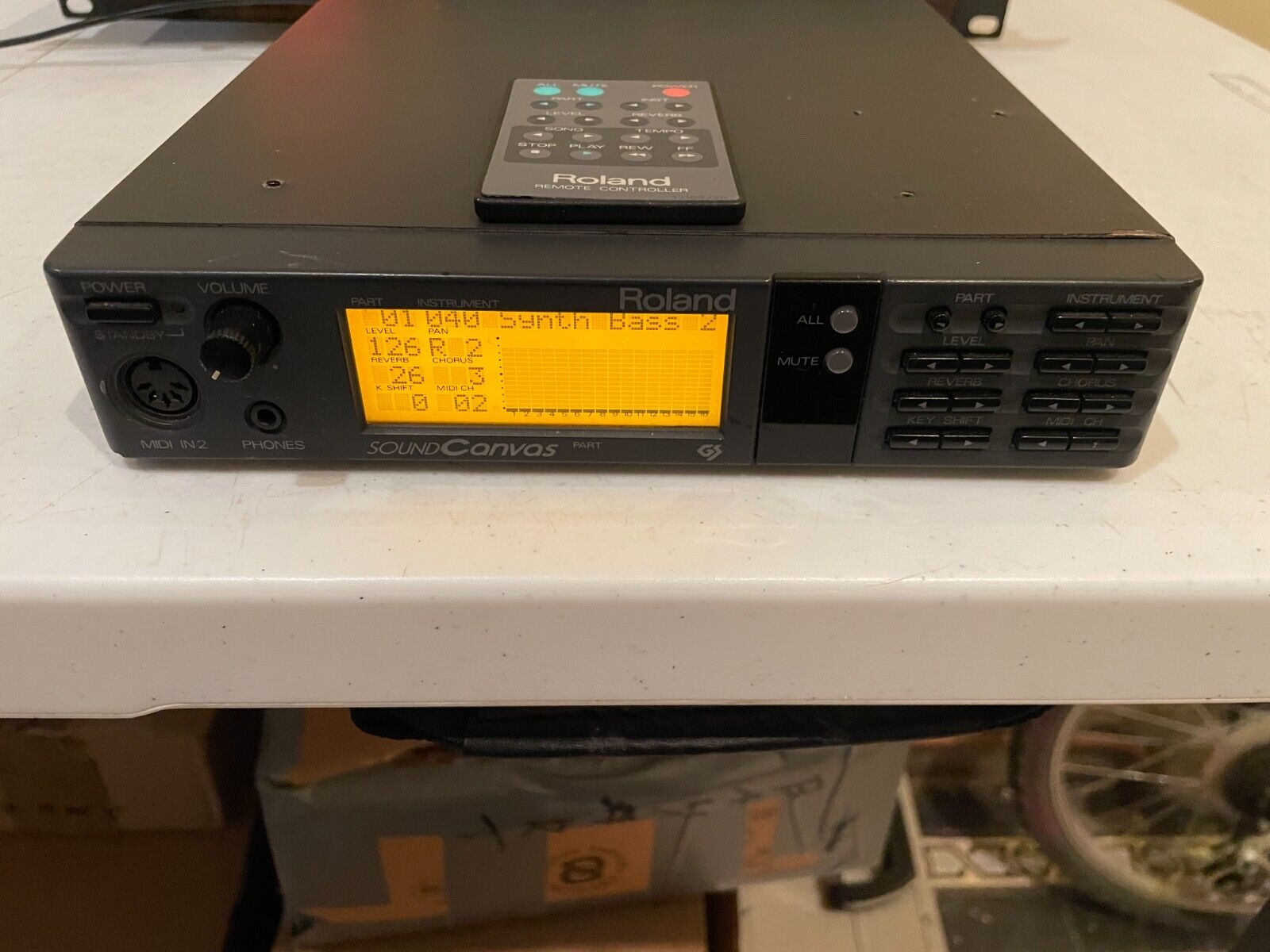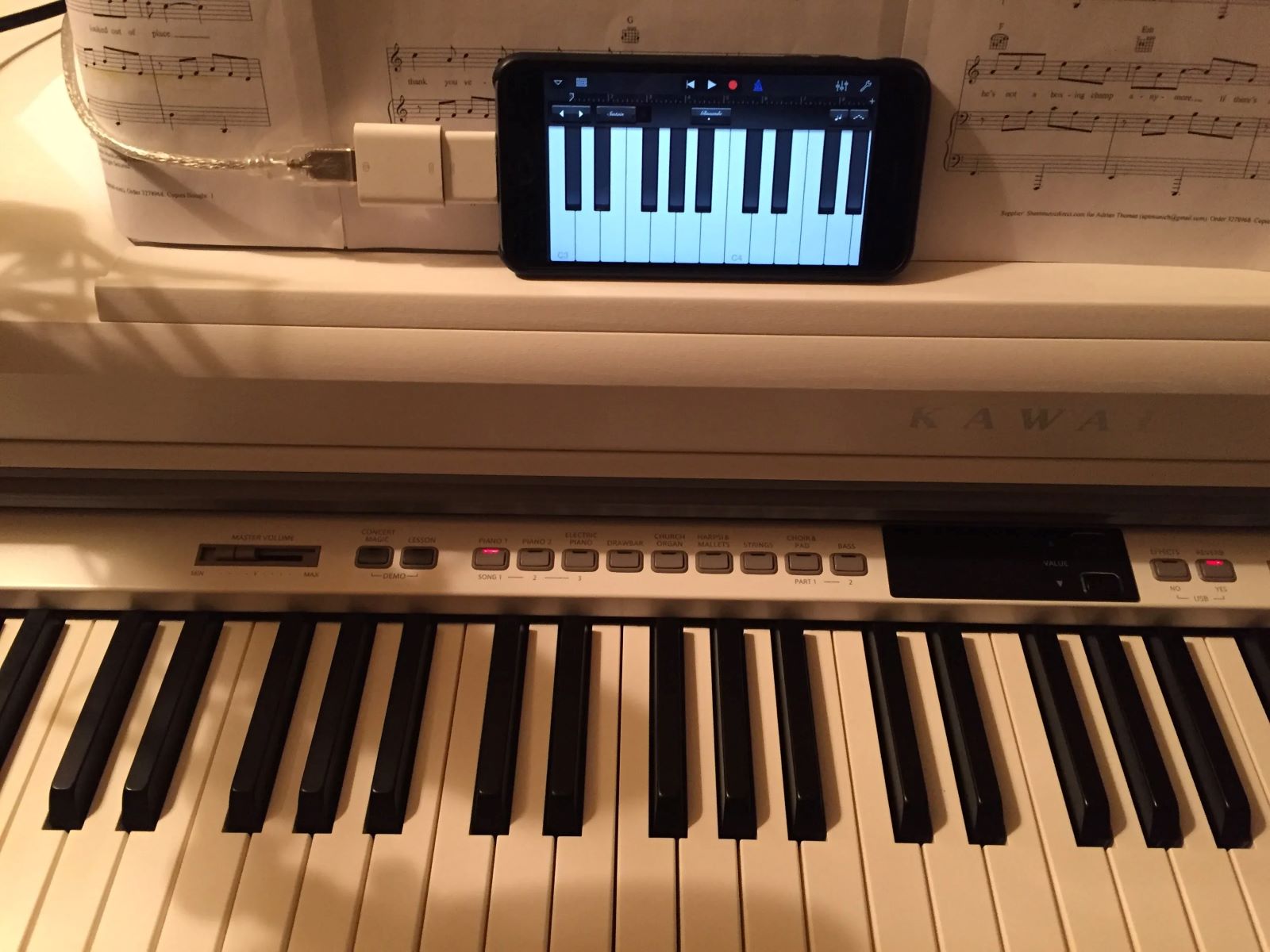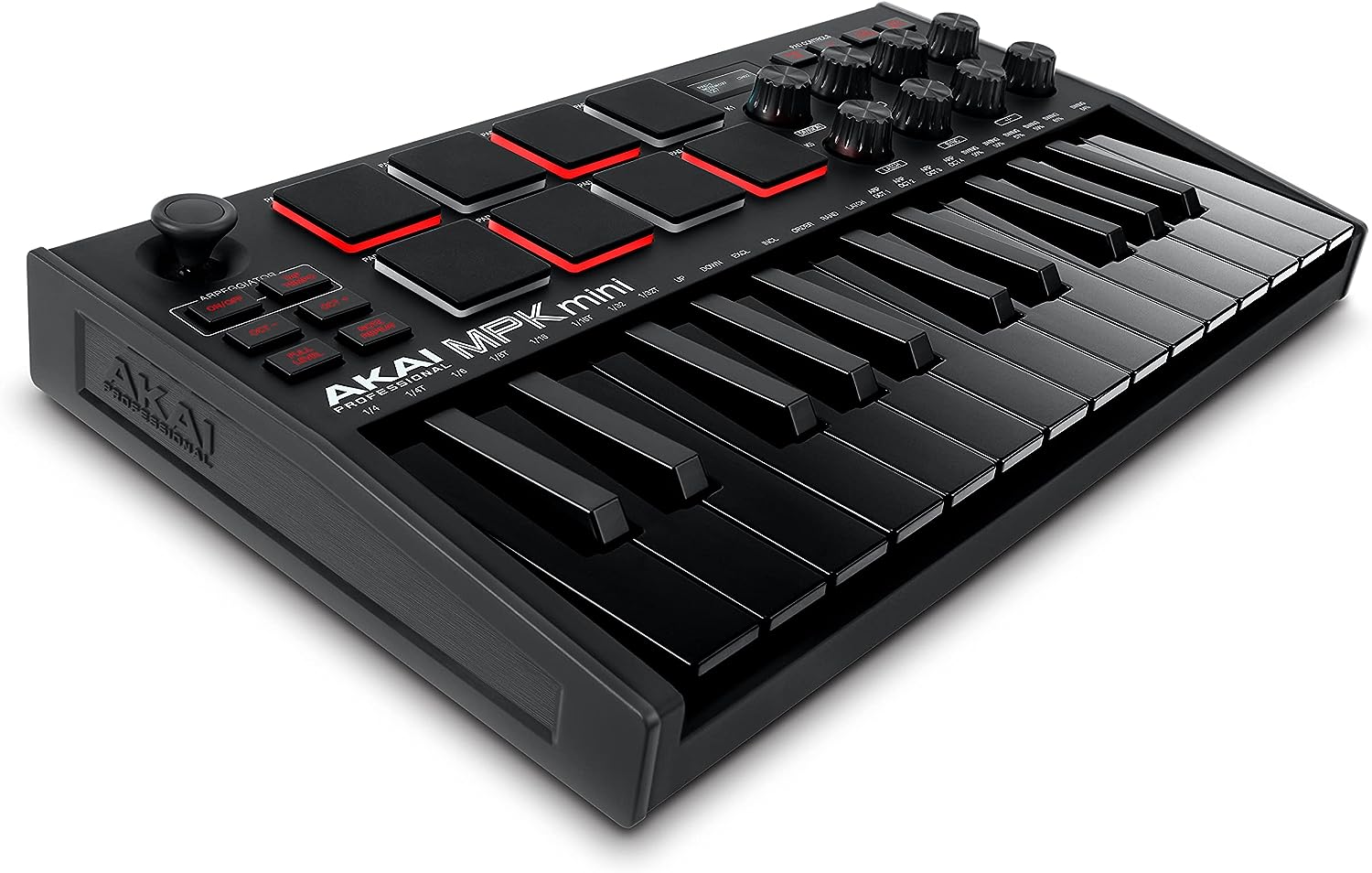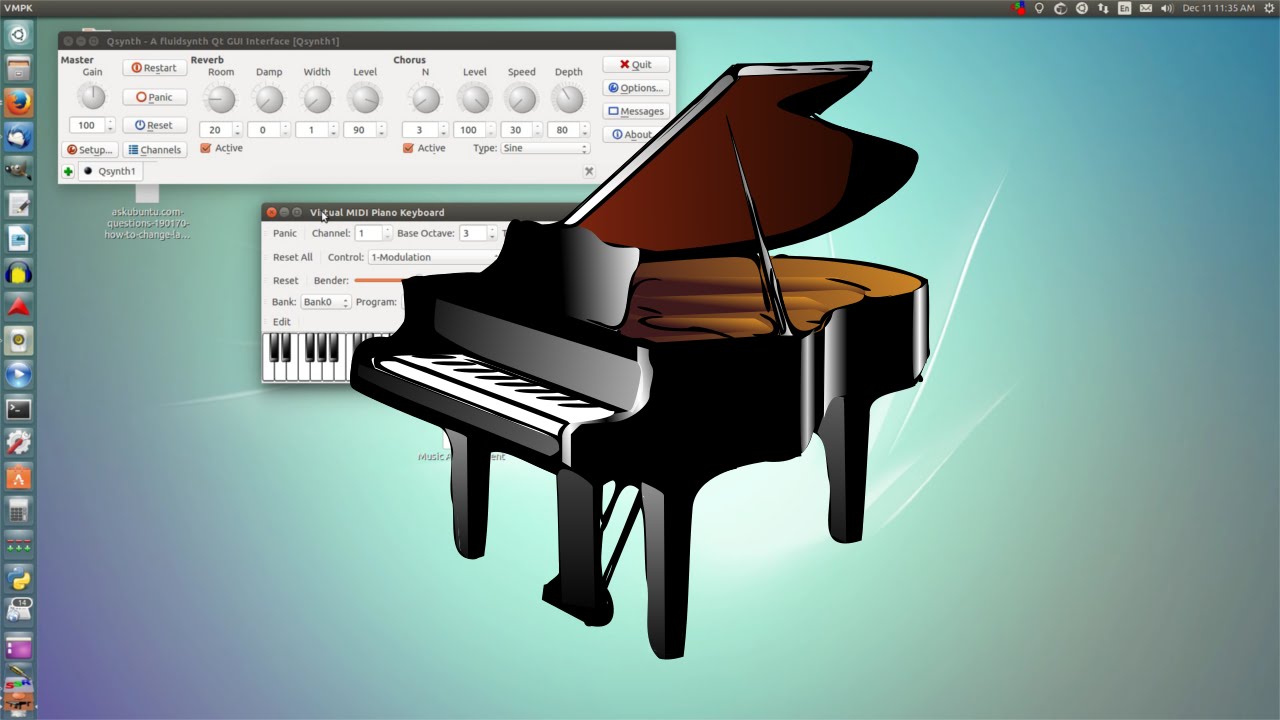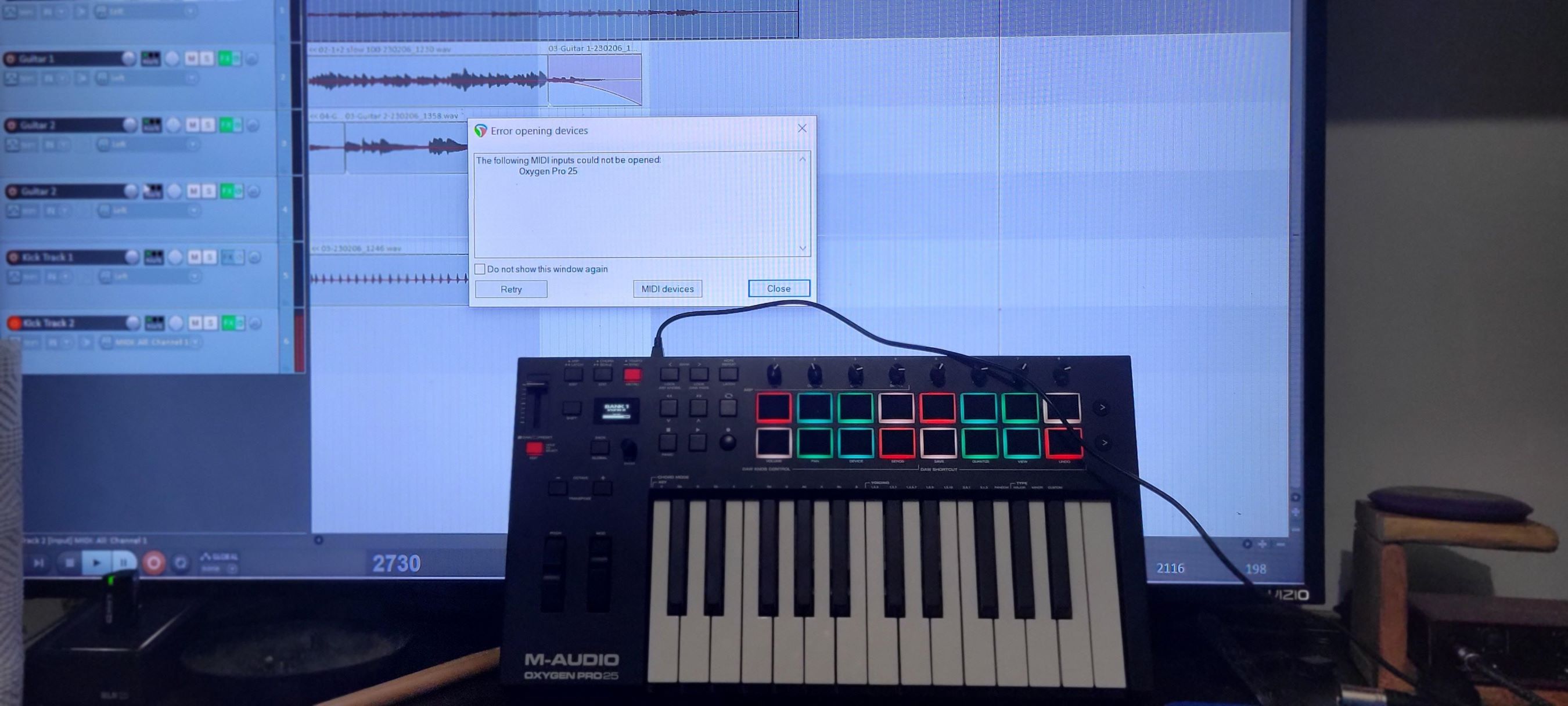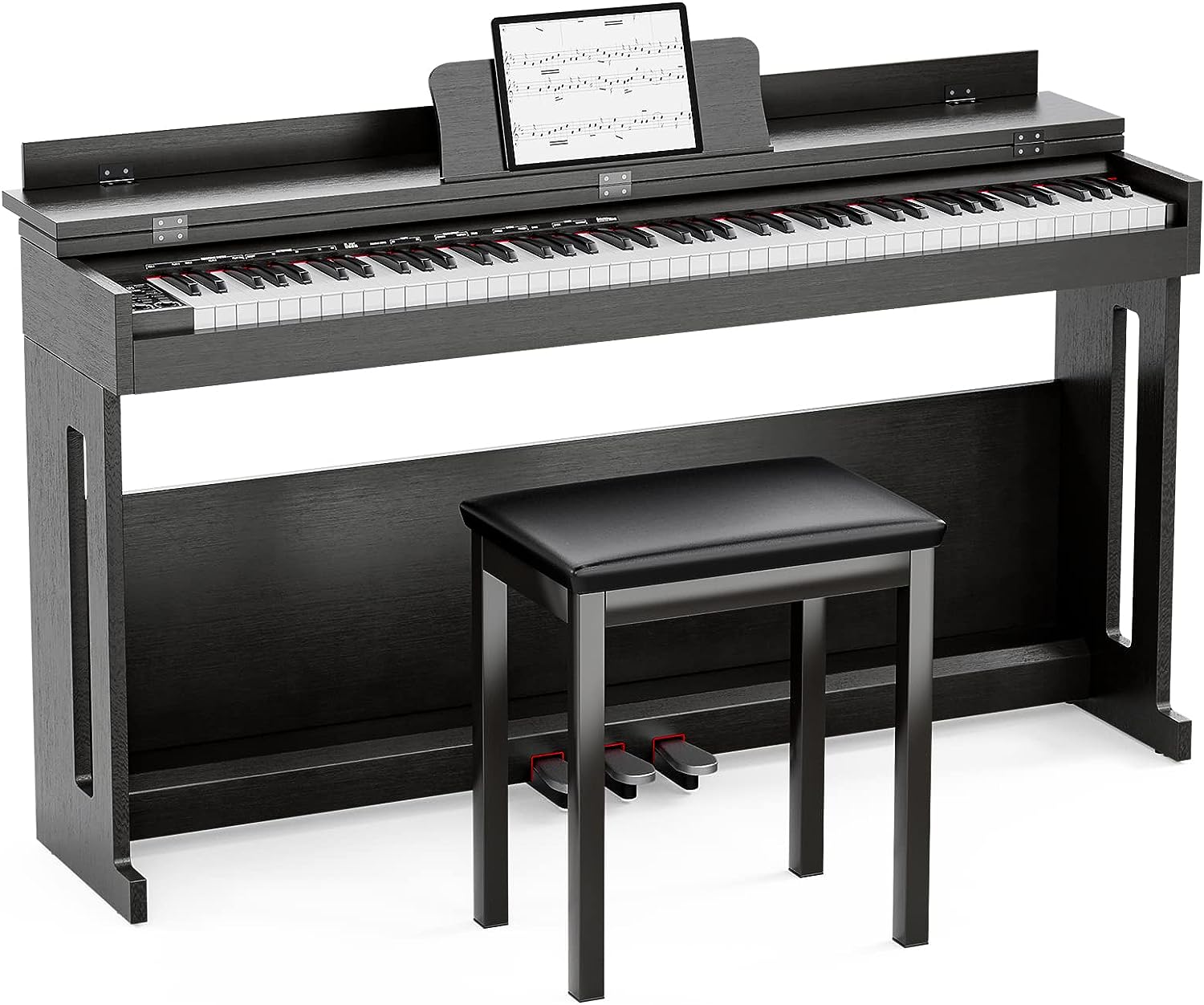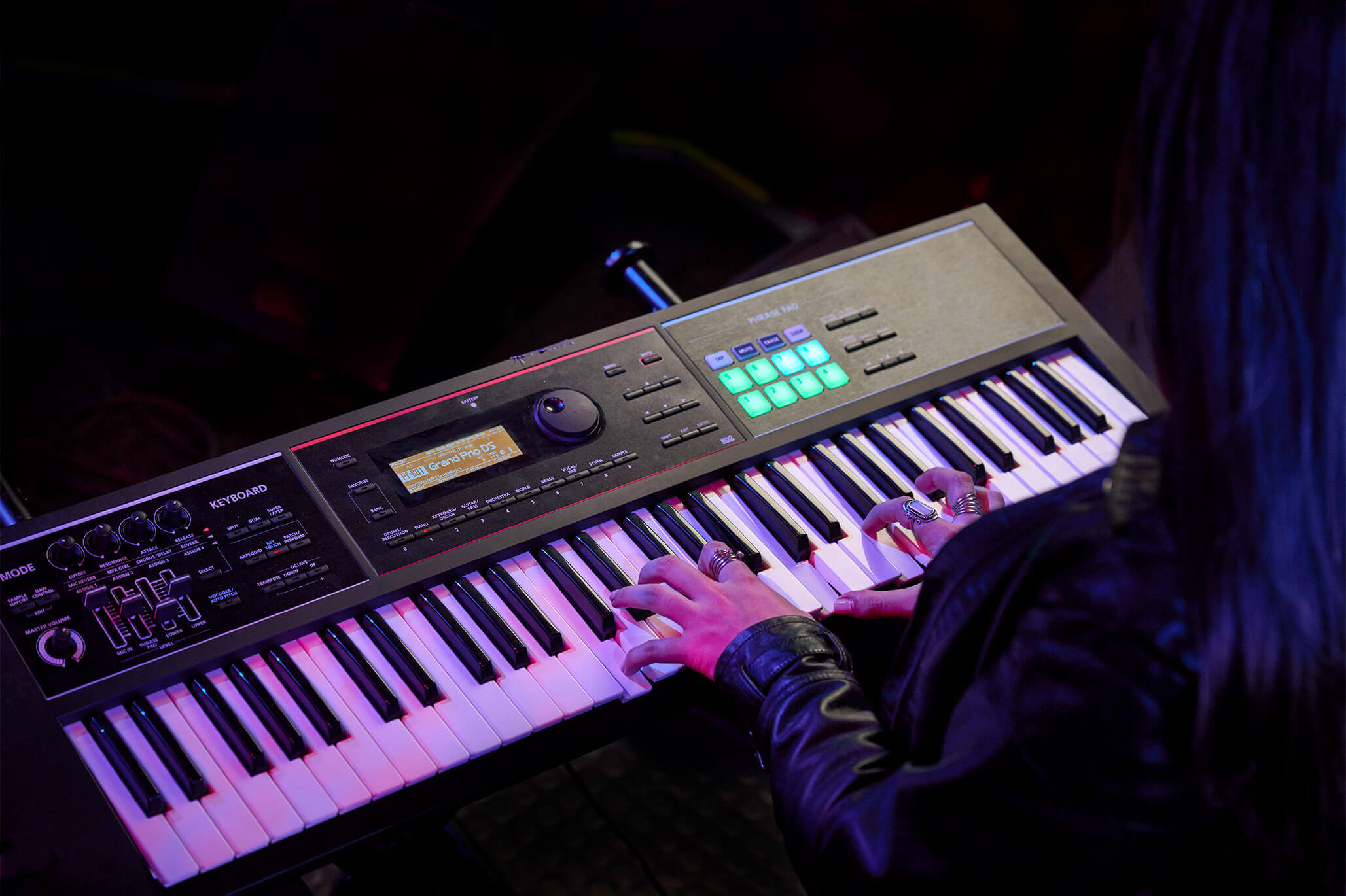Choosing the Right Digital Piano
When it comes to selecting a digital piano, there are several factors to consider in order to ensure that you get the best sound possible. Here are some essential points to keep in mind:
- Key Action: The key action of a digital piano is crucial for replicating the feel of an acoustic piano. Look for weighted or graded hammer action keys, as these mimic the touch of a traditional piano, providing a more authentic playing experience.
- Sound Quality: The sound engine of a digital piano determines the quality of the tones it produces. Higher-end models often feature multi-sampled sounds from premium acoustic pianos, delivering a more realistic and expressive sound.
- Polyphony: Polyphony refers to the maximum number of notes a digital piano can produce simultaneously. For a rich and immersive sound, opt for a model with higher polyphony, especially if you plan to play complex pieces or layer multiple sounds.
- Connectivity: Consider the connectivity options offered by the digital piano. Look for USB, MIDI, and audio outputs to ensure seamless integration with external devices and software for sound enhancement and recording.
- Portability and Size: If you intend to move or transport the digital piano frequently, consider its size and weight. Portable models with a compact design and built-in speakers are ideal for musicians on the go.
- Additional Features: Explore the additional features such as built-in effects, recording capabilities, and accompaniment styles. These can add versatility and creativity to your playing experience.
By carefully evaluating these factors and considering your specific musical needs and preferences, you can choose a digital piano that not only meets your sound expectations but also enhances your overall playing experience.
Understanding MIDI and Its Benefits
MIDI, which stands for Musical Instrument Digital Interface, is a powerful tool that can greatly enhance the sound and functionality of your digital piano. Here’s a closer look at MIDI and the benefits it offers:
- Flexible Sound Control: MIDI allows you to control and manipulate various aspects of sound, such as volume, pitch, and timbre, with precision. This level of control empowers you to tailor the sound of your digital piano to suit different musical genres and performance settings.
- Seamless Integration: MIDI facilitates seamless communication between musical instruments, computers, and other MIDI-compatible devices. This integration opens up a world of possibilities for recording, composing, and arranging music, as well as accessing a vast library of virtual instruments and sound effects.
- Expressive Playing: MIDI enables you to capture the nuances of your performance, including subtle variations in touch and dynamics. This level of expressiveness enhances the realism of your playing, allowing for more emotive and captivating musical renditions.
- Multi-Track Recording: With MIDI, you can record multiple tracks of music independently, giving you the freedom to edit and manipulate each track separately. This capability is invaluable for creating complex arrangements and layering different instrument sounds to achieve a rich, professional-quality recording.
- Expandable Sound Palette: MIDI opens doors to an extensive range of sounds and effects beyond those built into your digital piano. By connecting to MIDI-compatible devices, you can access an extensive library of virtual instruments, synthesizers, and sound modules to expand your sonic palette.
By understanding the capabilities of MIDI and harnessing its potential, you can unlock a new realm of creativity and sonic versatility with your digital piano, elevating your musical performances and compositions to new heights.
Connecting Your Digital Piano to MIDI
Connecting your digital piano to MIDI opens up a world of possibilities for expanding your sound and musical capabilities. Here’s a guide to help you seamlessly integrate your digital piano with MIDI:
1. Check for MIDI Connectivity: Ensure that your digital piano has MIDI connectivity options. Most modern digital pianos come equipped with MIDI ports, typically labeled as MIDI In, MIDI Out, and MIDI Thru.
2. Utilize MIDI Cables: To establish a connection, use MIDI cables to link your digital piano to other MIDI-compatible devices, such as a computer, synthesizer, or sound module. Connect the MIDI Out port of your digital piano to the MIDI In port of the receiving device, and vice versa.
3. Configure MIDI Settings: Access the MIDI settings on your digital piano to enable MIDI communication. This may involve selecting the MIDI channel, adjusting transmission parameters, and configuring other MIDI-related settings based on the requirements of your setup.
4. Utilize USB MIDI: Many modern digital pianos offer USB MIDI connectivity, allowing you to directly connect the instrument to a computer via a USB cable. This streamlined connection simplifies the setup process and enables seamless communication between your digital piano and music production software.
5. Install MIDI Drivers: If you’re connecting your digital piano to a computer via USB MIDI, ensure that the necessary MIDI drivers are installed on your computer. These drivers facilitate the communication between the digital piano and your music production software, enabling MIDI data to be transmitted and received accurately.
6. Explore MIDI-Compatible Software: Once your digital piano is connected to MIDI, explore a wide array of MIDI-compatible software applications, such as digital audio workstations (DAWs), virtual instrument plugins, and music notation programs. These tools provide a platform for recording, editing, and enhancing your musical creations using the expanded sonic capabilities offered by MIDI.
By following these steps and embracing the possibilities of MIDI connectivity, you can harness the full potential of your digital piano, leveraging its sound and performance in conjunction with MIDI-compatible devices and software to create, record, and produce music with unparalleled depth and creativity.
Optimizing Sound Settings on Your Digital Piano
Optimizing the sound settings on your digital piano is essential for achieving the best possible sound quality and performance experience. Here are key steps to help you maximize the sonic potential of your instrument:
1. Selecting Sound Presets: Explore the range of built-in sound presets on your digital piano. Experiment with different piano tones, including grand piano, upright piano, electric piano, and other instrument emulations. Each preset offers a unique sonic character, allowing you to tailor the sound to suit your playing style and musical genre.
2. Adjusting Reverb and Effects: Many digital pianos feature adjustable reverb settings and built-in effects such as chorus, tremolo, and EQ. Fine-tuning these parameters can add depth and dimension to your sound, creating a more immersive and expressive sonic environment for your performances.
3. Customizing Touch Sensitivity: Take advantage of touch sensitivity settings to customize the responsiveness of the keys to your playing dynamics. Adjusting touch sensitivity allows for greater expressiveness, enabling you to convey subtle nuances in your performance with precision.
4. Balancing EQ and Dynamics: Utilize the onboard equalization (EQ) controls to refine the tonal balance of your digital piano. Adjusting the EQ settings can help sculpt the overall sound, emphasizing certain frequencies to achieve a desired tonal character. Additionally, dynamic control settings can be adjusted to fine-tune the instrument’s response to your playing dynamics.
5. Utilizing Layering and Splitting: Take advantage of the layering and splitting capabilities of your digital piano. Layering allows you to combine multiple sounds, such as piano and strings, for a richer, more textured sound, while splitting enables you to assign different sounds to different sections of the keyboard, expanding your sonic palette and performance possibilities.
6. Saving Custom Settings: If your digital piano offers the ability to save custom user settings or presets, take advantage of this feature to store and recall your preferred sound configurations for different musical contexts and performance scenarios.
By optimizing the sound settings on your digital piano, you can tailor the instrument’s sonic characteristics to align with your artistic vision, ensuring that every note you play resonates with clarity, expression, and musicality.
Using MIDI to Enhance Your Sound
Leveraging MIDI capabilities can significantly enhance the sound of your digital piano, offering a myriad of creative opportunities and sonic enhancements. Here’s how you can harness MIDI to elevate your sound:
1. Accessing Virtual Instruments: MIDI enables you to access a vast library of virtual instruments and sound modules, expanding your sonic palette beyond the built-in sounds of your digital piano. From orchestral instruments to synthesizers and beyond, MIDI connectivity allows you to explore an extensive range of high-quality sounds to enrich your musical compositions and performances.
2. Layering and Splitting Sounds: MIDI empowers you to layer multiple sounds and instruments, creating lush, multi-textured arrangements. By combining the sound of your digital piano with MIDI-triggered virtual instruments, you can achieve a larger-than-life sound that captures the essence of a full ensemble, adding depth and richness to your music.
3. Customizing Sound Parameters: With MIDI, you can manipulate a wide array of sound parameters, including modulation, expression, and articulation, to infuse your performances with nuanced and expressive qualities. This level of control allows for tailored sonic sculpting, enabling you to convey emotion and musicality with precision.
4. Recording and Arranging: MIDI facilitates seamless recording and arranging of music. Using MIDI, you can capture your performances with meticulous detail, edit individual notes and phrases, and arrange complex compositions with ease. This level of flexibility empowers you to refine your musical ideas and bring them to life with unparalleled accuracy and creativity.
5. Real-Time Control and Automation: MIDI provides real-time control over various parameters, allowing you to dynamically shape the sound of your digital piano during live performances or studio recordings. Additionally, MIDI automation enables you to program intricate changes in sound characteristics, adding depth and sophistication to your music.
6. Integration with Music Production Software: MIDI seamlessly integrates with music production software, such as digital audio workstations (DAWs), allowing you to harness the full potential of MIDI for composition, recording, and post-production. This integration opens up a world of possibilities for creating professional-quality music with a personalized sonic signature.
By embracing MIDI technology, you can unlock a universe of sonic possibilities, elevating the sound of your digital piano to new heights and expanding your musical horizons with creativity and finesse.
Troubleshooting Common Sound Issues
While digital pianos offer exceptional sound quality and versatility, occasional sound issues may arise. Here are some common sound-related problems and troubleshooting steps to address them:
1. Distorted Sound: If you notice distorted sound from your digital piano, check the volume levels and ensure that the audio output is not overloaded. Adjust the volume settings on both the instrument and any connected amplification or audio devices to prevent distortion.
2. No Sound Output: If your digital piano produces no sound, first verify that the instrument is powered on and the volume is adjusted appropriately. Check the connections between the piano and any external devices, such as amplifiers or headphones, to ensure that they are secure and functioning correctly.
3. Uneven Volume Across Keys: In cases where certain keys produce uneven volume levels, the key sensors or contacts may require cleaning or adjustment. Refer to the manufacturer’s guidelines for cleaning and maintaining the keyboard to address this issue.
4. Latency or Delay: When experiencing noticeable latency or delay between pressing a key and hearing the sound, ensure that the digital piano is connected to the audio output device with minimal latency, such as a dedicated audio interface or low-latency monitoring system.
5. MIDI Communication Issues: If using MIDI connectivity, verify that the MIDI cables are properly connected, and the MIDI channels are configured correctly. Additionally, ensure that the MIDI settings on both the digital piano and any connected devices or software are aligned to facilitate seamless communication.
6. Unresponsive Controls or Buttons: In cases where certain controls or buttons on the digital piano are unresponsive, check for any physical obstructions or debris that may be impeding their operation. If the issue persists, refer to the manufacturer’s troubleshooting guide or seek professional assistance.
7. Static or Interference: If static or interference is present in the audio output, verify that the cables and connections are secure and free from damage. Additionally, consider using shielded cables to minimize the impact of external interference on the sound quality.
By addressing these common sound issues with the appropriate troubleshooting steps, you can ensure that your digital piano consistently delivers exceptional sound quality and performance, allowing you to focus on creating and enjoying music without interruption.







